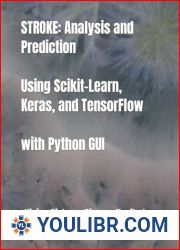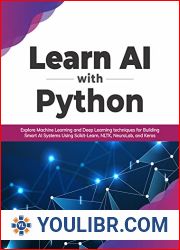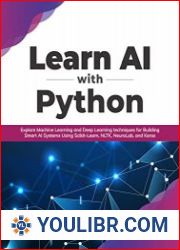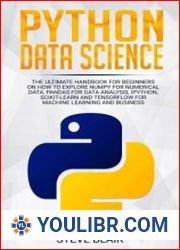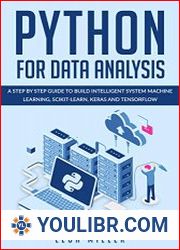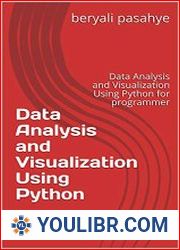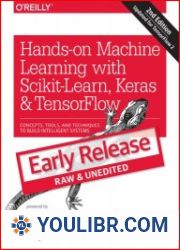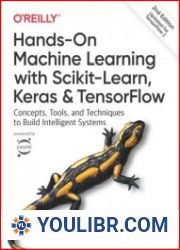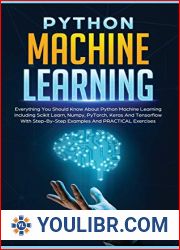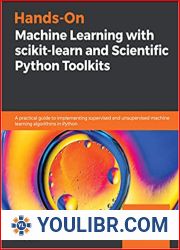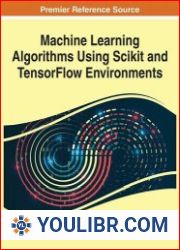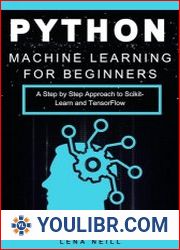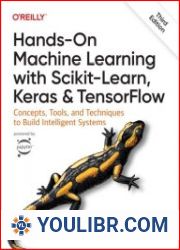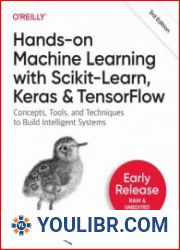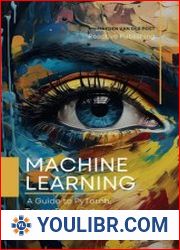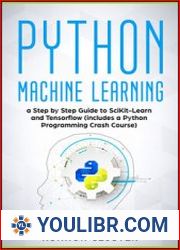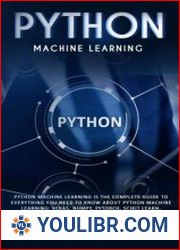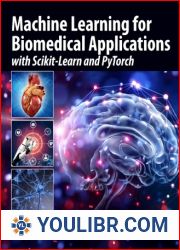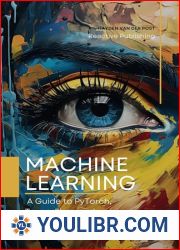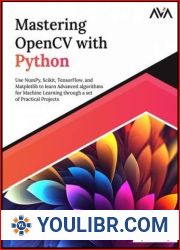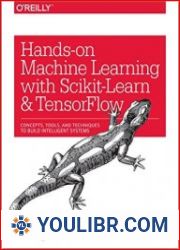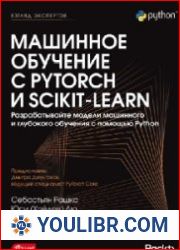
BOOKS - PROGRAMMING - Stroke Analysis and Prediction Using Scikit-Learn, Keras, and T...

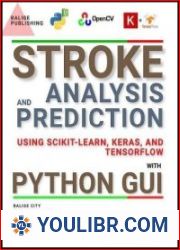
US $8.69

317375

317375
Stroke Analysis and Prediction Using Scikit-Learn, Keras, and TensorFlow with Python GUI, Second Edition
Author: Vivian Siahaan, Rismon Sianipar
Year: July 2023
Number of pages: 525
Format: EPUB
File size: 18.4 MB
Language: ENG
Year: July 2023
Number of pages: 525
Format: EPUB
File size: 18.4 MB
Language: ENG
In this project, we will perform an analysis and prediction task on stroke data using Machine Learning and deep learning techniques. The entire process will be implemented with Python GUI for a user-friendly experience. We start by exploring the stroke dataset, which contains information about various factors related to individuals and their likelihood of experiencing a stroke. We load the dataset and examine its structure, features, and statistical summary. Next, we preprocess the data to ensure its suitability for training machine learning models. This involves handling missing values, encoding categorical variables, and scaling numerical features. We utilize techniques such as data imputation and label encoding. To gain insights from the data, we visualize its distribution and relationships between variables. We create plots such as histograms, scatter plots, and correlation matrices to understand the patterns and correlations in the data. To improve model performance and reduce dimensionality, we select the most relevant features for prediction. We employ techniques such as correlation analysis, feature importance ranking, and domain knowledge to identify the key predictors of stroke. With the models trained and saved, we move on to implementing the Python GUI. We utilize PyQt libraries to create an interactive graphical user interface that provides a seamless user experience. The GUI consists of various components such as buttons, checkboxes, input fields, and plots. These components allow users to interact with the application, select prediction models, and visualize the results.







